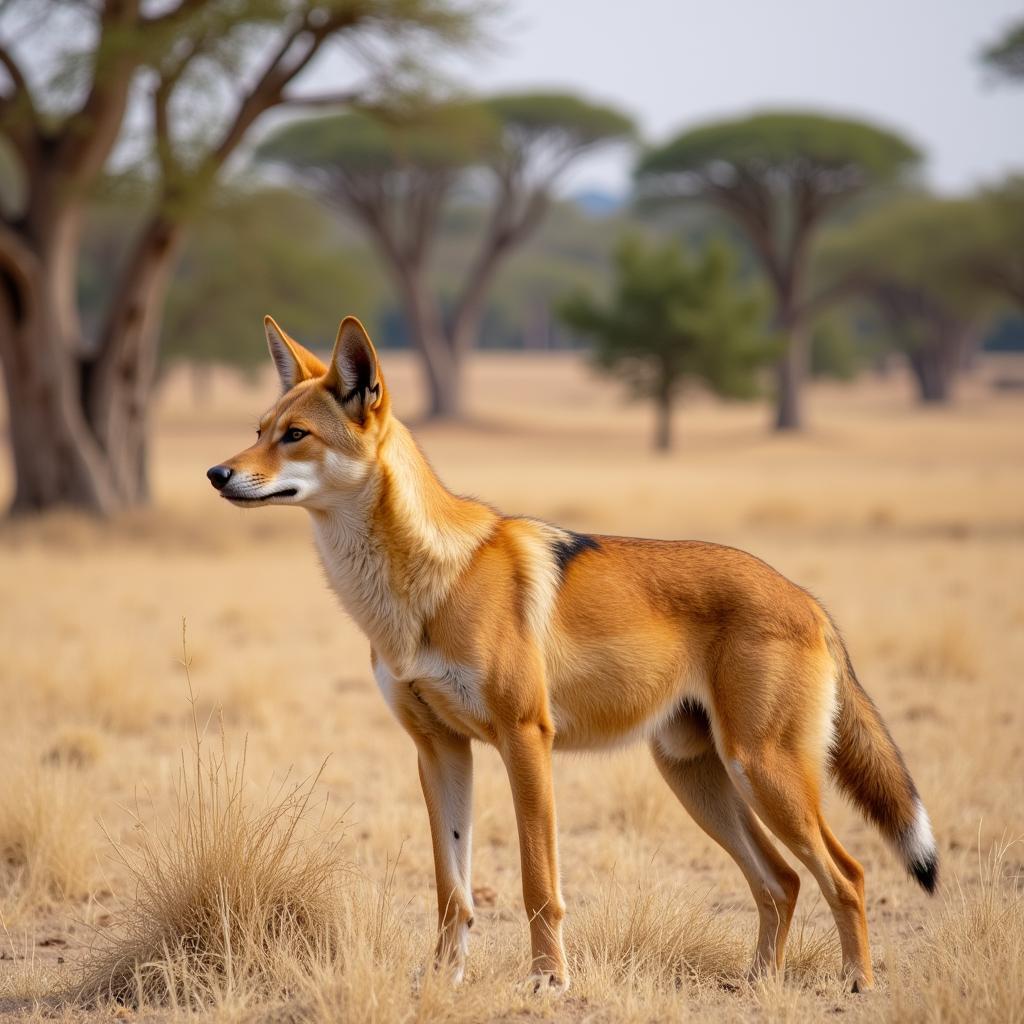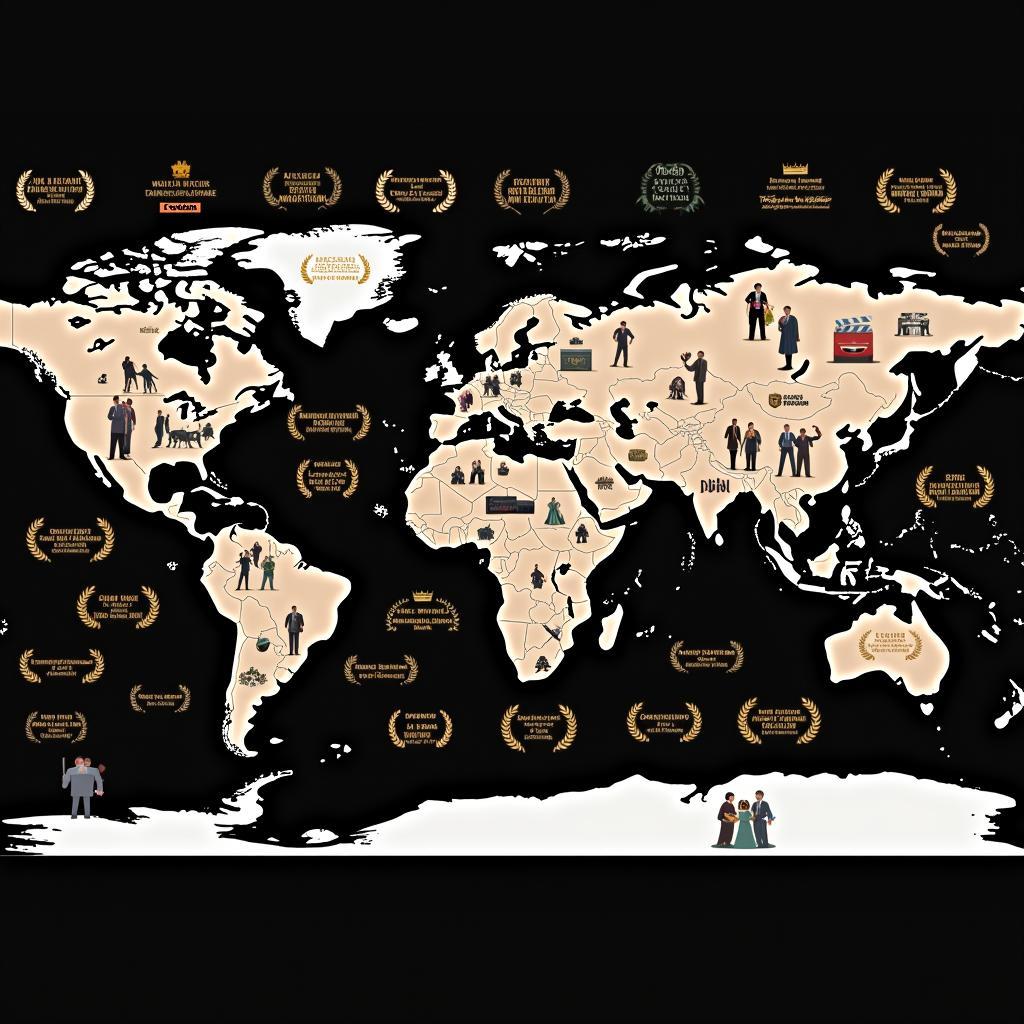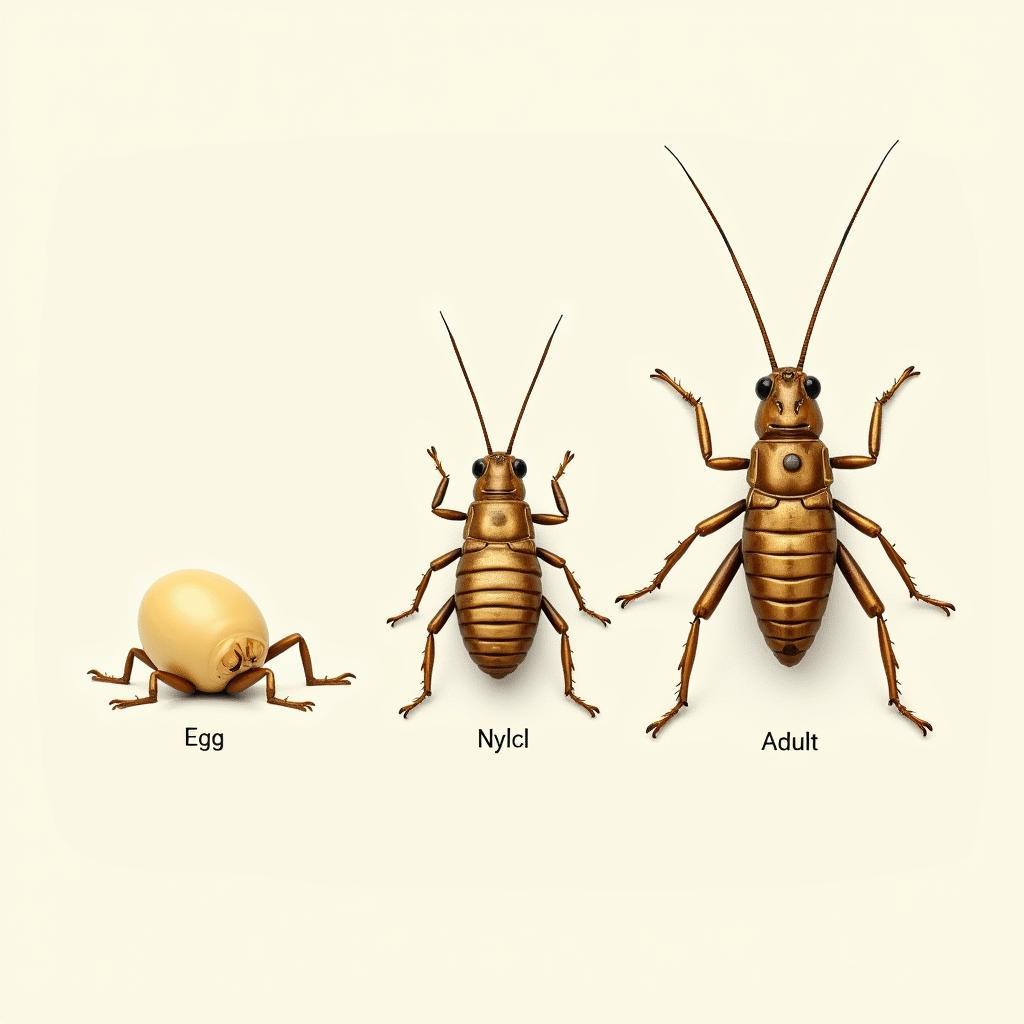The African Bison Scientific Name: Unveiling the Secrets of Syncerus Caffer
The African buffalo, a creature of immense power and presence, roams the savannas and woodlands of sub-Saharan Africa. Its scientific name, Syncerus caffer, speaks to its unique place in the animal kingdom. But what does this name actually mean, and what can it tell us about this iconic African herbivore? Let’s delve into the world of the African bison, exploring its taxonomy, characteristics, and ecological significance.
Decoding the Scientific Name: What Does Syncerus Caffer Mean?
Every living organism is classified using a binomial nomenclature system, consisting of two Latin words: the genus and the species. In the case of the African buffalo, Syncerus represents its genus, a group of closely related animals that share common characteristics. The word Syncerus is derived from the Greek words “syn” (meaning together) and “keras” (meaning horn), referring to the fused base of the African buffalo’s horns, a distinctive feature that sets it apart from other bovids.
The second part of the scientific name, caffer, denotes the species. It comes from the Latin word “caffra”, which was historically used to refer to the Eastern Cape region of South Africa, where European colonists first encountered these magnificent animals.
Unpacking the Taxonomy: Where Does the African Bison Fit?
The African buffalo, classified as Syncerus caffer, belongs to the Bovidae family, a diverse group that includes antelopes, gazelles, cattle, and sheep. Within this family, it falls under the subfamily Bovinae, which comprises larger bovids with robust builds and characteristic horns. The genus Syncerus includes only one other extant species, the dwarf forest buffalo (Syncerus nanus), found in the rainforests of Central and West Africa.
African Buffalo vs. American Bison: Are They Related?
Despite the common name “African bison,” Syncerus caffer is not closely related to the American bison (Bison bison). While both species share some superficial similarities, such as their massive size and impressive horns, they belong to different subtribes within Bovinae. The American bison is classified under the subtribe Bovini, which includes cattle and yaks, while the African buffalo belongs to the subtribe Syncerini.
More Than Just a Name: Understanding Syncerus Caffer Through Its Characteristics
The scientific name Syncerus caffer provides a glimpse into the African buffalo’s evolutionary history and physical adaptations. Its fused horns, as highlighted by the genus name, are not just for show. They form a formidable bony shield across the animal’s forehead, providing protection from predators and rivals during head-to-head combat.
Furthermore, the species name caffer, referencing the Eastern Cape, hints at the African buffalo’s historical distribution and the environments it has adapted to thrive in. From the open savannas to the dense woodlands, this adaptable herbivore has carved its niche across sub-Saharan Africa.
Beyond the Name: Exploring the African Bison’s Ecological Role
Understanding the African bison’s scientific name is just the beginning. These magnificent creatures play a crucial role in their ecosystems. As large herbivores, they influence plant communities through their grazing habits, shaping the structure and diversity of vegetation. Their dung provides nutrients to the soil, while their carcasses support a range of scavengers.
The African buffalo’s scientific name, Syncerus caffer, is more than just a label. It’s a key that unlocks a deeper understanding of this remarkable animal, its evolutionary journey, physical adaptations, and ecological significance.
FAQ about African Bison
1. What is the lifespan of an African bison?
The average lifespan of an African bison in the wild is around 15-20 years.
2. What is the main predator of the African bison?
Lions are the primary predators of adult African bison, while crocodiles, leopards, and spotted hyenas may prey on calves or vulnerable individuals.
Exploring Further:
For more fascinating insights into the world of African wildlife, delve into these related articles:
Contact us for any inquiries or assistance:
Phone Number: +255768904061
Email: kaka.mag@gmail.com
Address: Mbarali DC Mawindi, Kangaga, Tanzania.
Our dedicated customer support team is available 24/7 to assist you.



